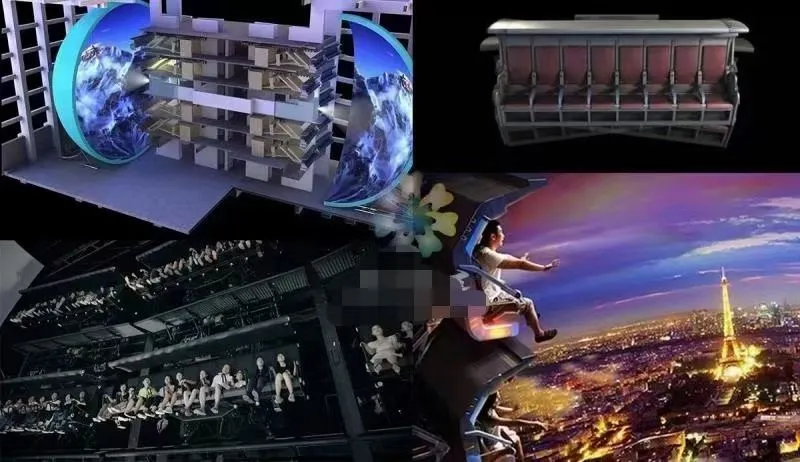- Albanian
- Arabic
- Belarusian
- Bengali
- Czech
- English
- French
- German
- Hebrew
- Hungarian
- Indonesian
- irish
- Italian
- Japanese
- kazakh
- Persian
- Russian
- Thai
- Uzbek
- Vietnamese
Exploring the Thrills of Roller Coaster Tracks and Their Design Innovations
The Roller Coaster Rail Engineering Marvels of the Thrill Ride World
Roller coasters have long captivated the hearts of thrill-seekers and amusement park enthusiasts alike. Among the many elements that contribute to the exhilarating experience of a roller coaster, the roller coaster rail stands out as a crucial component of this engineering marvel. These rails not only dictate the trajectory of the ride but also ensure safety, comfort, and the ultimate thrill that riders crave.
The Design of Roller Coaster Rails
The design of roller coaster rails is a blend of art and science. Engineers and designers meticulously plan each curve, drop, and loop to create a seamless and thrilling experience. The rails are typically made from high-strength steel or aluminum, which can withstand the immense stresses and strains generated by the trains as they glide over the track. The selection of materials is crucial; they must be strong enough to bear the weight of the trains and riders, while also being lightweight to allow for high speeds.
One popular type of rail design is the box track, which features a hollow, square profile that enhances stability and allows for smoother transitions, especially in larger coasters. Another common design is the I-beam rail, which resembles the letter I in profile and is often used in wooden coasters. Each design has its unique advantages, and the choice often depends on the intended ride experience.
The Physics Behind the Thrill
The roller coaster rail plays a pivotal role in the physics of roller coasters. The forces experienced during a ride—such as acceleration, deceleration, and centrifugal force—are intricately linked to the design of the rails. Engineers utilize principles of physics, notably the laws of motion, to create a ride that feels thrilling yet is safe. The rails must maintain a precise alignment to ensure that the coaster wheels remain on track, especially during sharp turns or inversions.
roller coaster rail

When a roller coaster train ascends a hill, it gains potential energy, which is converted into kinetic energy as it plummets downwards. The design of the rails helps to manage this energy transformation, allowing riders to experience the rush of speed and the feeling of weightlessness in safe and calculated amounts. Special attention is given to the configuration of loops and inversions, where the geometry of the rail must support the changing forces acting on both the train and the riders.
Safety Measures
Safety is paramount in the design and construction of roller coaster rails. Engineers implement a variety of safety features to ensure that riders remain secure throughout the ride. The rails themselves are designed with a slight incline that helps to guide the wheels, reducing the risk of derailment. Additionally, many modern roller coasters are equipped with advanced braking systems that utilize the rails to bring the train to a smooth stop at the end of the ride.
Regular inspections and maintenance of the rails are crucial to the safety of the ride. Amusement parks follow strict guidelines and regulations to check for wear and tear, ensuring that all components of the coaster, including the rails, are in optimal condition. The interplay between engineering precision and rigorous safety standards means that riders can enjoy the thrill of roller coasters with peace of mind.
The Future of Roller Coaster Rails
As technology advances, so too does the design and innovation of roller coaster rails. Virtual reality, augmented reality, and advanced materials are beginning to make their way into the theme park industry. Imagine cutting-edge coasters that combine physical thrills with virtual experiences, where the rail design can adapt to new ride elements that enhance the illusion of speed and excitement.
In conclusion, roller coaster rails are not just functional components of amusement rides; they are an integral part of the thrilling experience that millions enjoy each year. The combination of creative design, physical principles, and stringent safety measures has paved the way for the evolution of roller coasters as we know them. As technology continues to advance, the realm of possibilities for roller coaster rail designs is boundless, promising even more exhilarating experiences in the future. The next time you embark on a coaster adventure, take a moment to appreciate the engineering genius that keeps you safe while delivering the adrenaline rush of a lifetime.
-
Flume Ride-Hebei Zhipao Amusement Equipment Manufacturing Co., Ltd.|Thrilling Water Attraction&Customizable DesignJul.30,2025
-
Flume Ride - Hebei Zhipao Amusement Equipment | Water Coaster, Thrilling DescentJul.30,2025
-
Flume Ride - Hebei Zhipao | Thrilling Water AttractionJul.30,2025
-
Flume Ride: Thrilling Water Attraction by Hebei Zhipao|Log Flume Manufacturers&Flume Ride DesignJul.30,2025
-
Flume Ride-Hebei Zhipao Amusement Equipment Manufacturing Co., Ltd.|Thrilling Water Coaster, Safe DesignJul.30,2025
-
Flume Ride-Hebei Zhipao Amusement Equipment Manufacturing Co., Ltd.|Thrilling Water Attraction, Safe DesignJul.30,2025
